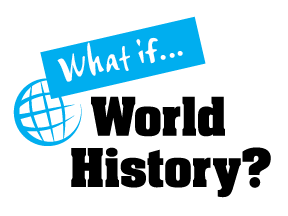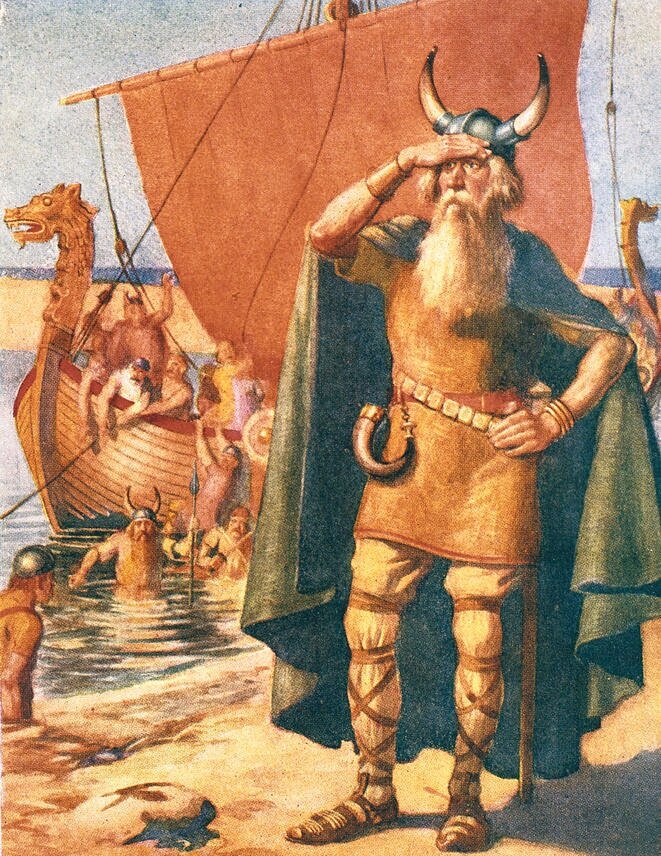What If? Vikings Colonized America
Norse Life
To imagine what a North American Norse city would look like, it’s important to review the average village in Iceland or the L’Anse aux Meadows in Newfoundland. While some of the hardships, inherent to Iceland, won’t be an issue in our scenario, it is instructive to see how the Norse villages are run.
Stable Norse settlements were located along the coast, typically among large, open flatlands. This geography provides ready access to the sea and ample farmland for animals and crops.
At L’Anse aux Meadows, an archeological site on the northern tip of Newfoundland, there is extensive evidence on how the Norse lived around 1000 CE.
The eight buildings there were constructed with sod over a wooden frame. In addition to a longhouse, there were workshops for carpentry, iron smithing, and boat building and repairs. Some historians believe this particular Viking settlement, the only confirmed one in North America, was a support facility for a larger interior settlement. If so, no evidence of another settlement has been found.
To these Newfoundland settlers, farming and animal husbandry was an integral part of their everyday lives. There is evidence of hunting that suggests they ate a diet of caribou, wolf, fox, bear, lynx, seal, whale, walrus, and a variety of birds and fish.
What If?
History tells us that over the course of 500 years from 1000 CE to the 1500s, Norse presence in North America dwindled to nothing. And ultimately, their impact on the history of North America is fleeting.
But What If the Vikings grew their settlements over the first five centuries here. What If they ultimately grew their presence to 30,000 or more in warmer areas like New York, Massachusetts, or even the Carolinas?
Historians agree that their impact on Native American, European, and even our American history would be profound. It is not a very far stretch of the imagination to envision an aggressive Viking migration to a milder and more temperate climate hundreds of miles further south along the Atlantic Coast.
With the Little Ice Age, both land and rations, and resources in Iceland, Greenland, England, and many parts of Europe were stretched beyond their ability to support local populations. A stable, growing settlement in Vinland would be attractive to many of these seafarers and peasants. We know this for sure because the migration repeats itself hundreds of years later with the Dutch, French, and English settlers.
In our What If scenario we imagine what life would be like in a large Viking settlement in North America. We are not thinking about New Amsterdam, the Dutch settlement that later became New York. We will imagine Bjorn Buo, a town translated to mean “Bear Shelter”.
In our story, Bjorn Bour is not the traditional Viking settlement of farms centrally located around longhouses and a stone church. Rather, it is a vibrant, bustling city of thousands of fishermen, boat builders, iron craftsmen, traders, farmers, hunters, butchers, bakers, and even a bishop.
Tune in to the podcast to walk its streets.
Episode 2: Vikings in North America
To re-imagine Norse exploration of North America check out Episode 2: Vikings in Vinland. We look at what caused the demise of Norse settlements and how they could have been successful.
Our podcast envisions a different American history, and we walk the streets of a bustling Norse city on the shores of what will become New York City. All of this, 200 hundred years before Christopher Columbus.




